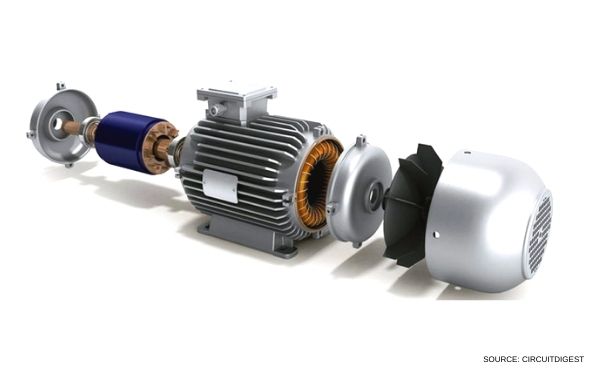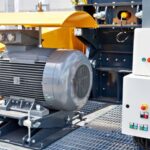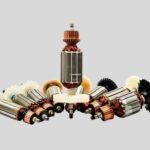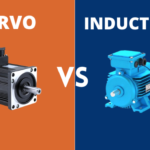Different ways to improve starting torque of A. C. induction motors.
Existing single-phase induction motors exhibit low starting torque. Moreover, during accelerating time and at a steady-state, they produce a significant level of torque pulsations which gives rise to noise and vibration in the machine.
Therefore by reducing the cross-sectional area of rotor bars and by changing the conductor material, we can increase the rotor resistance. So by doing this Starting torque of the induction motor can be increased.
However, This will reduce the efficiency of the motor. we can overcome this problem by using a different design for the rotor which gives high starting torque without compromising the efficiency
An induction motor is similar to a poly-phase transformer whose secondary winding is short-circuited. Thus, at normal supply voltage, like in a transformer, the initial current taken by the primary winding is very large for a short period of time. Unlike in a DC motor large current at starting is due to the absence of back emf.
If an induction motor is directly switched on from the mains supply, it takes 5 to 7 times its full load current and develops a torque that is only 1.5 to 2.5 times the full load torque.
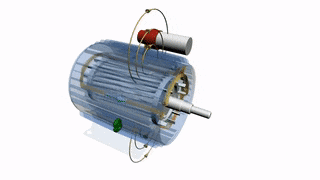
This large starting current produces a large voltage drop in the line, which may affect the operation of other devices connected to the identical line. Hence, it is not advisable to start induction motors of higher ratings (generally above 25kW) directly from the mains supply.
There are three ways to improve the starting torque of Single phase induction Motor
1. Internal Rotor Resistance
The across the line starting torque at low speed can be increased by increasing the rotor resistance. This will decrease the efficiency of the motor, and the heat on the rotor.
2. External Rotor Resistance
If you have access to the rotor winding circuit separate resistors can be used to temporarily increase the starting resistance and torque and at running speed, the resistor can be shorted to improve efficiency.
This only works in the case of an induction machine with a winding and slip ring to the rotor circuit.
3. Variable Voltage/Frequency
A variable frequency drive (VFD) can control the torque of the induction motor by changing the applied frequency. By doing this, the motor can start at a low frequency, corresponding to the slip frequency of the motor. This allows full torque at zero, or any, speed. This is an expensive but most elegant solution.
Increasing the starting voltage will only increase the reactive current (not real current producing torque) being drawn by the motor. A minor increase in torque may come from increased magnetic flux, but this is small and limited further by saturation of the motor iron.
To Know More Visit: 7 ways to improve Electric motor Efficiency

